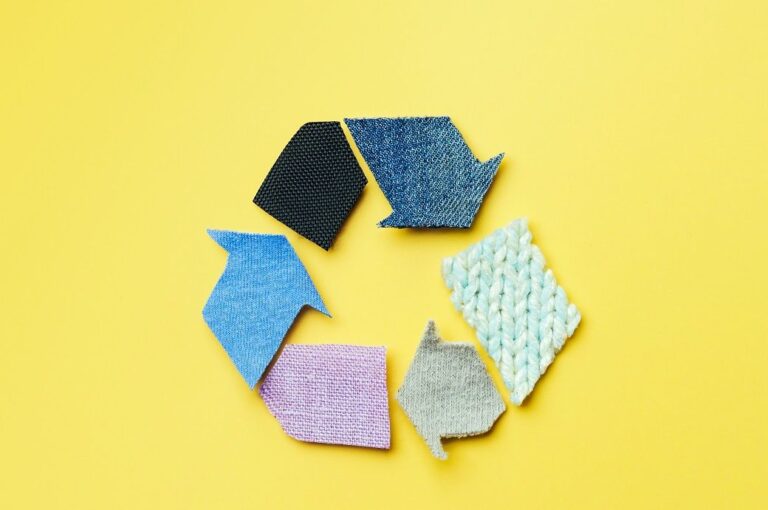
[ad_1]
This premise had a serious blow due to the Russian war in Ukraine, which erupted at almost the same time when the strategy was launched, and dramatically changed the economic context, EURATEX said in a press release.
EURATEX has warned that sustainability must be balanced with competitiveness in the European textile industry.
While the industry welcomed the European Commission’s textile strategy, the implementation process requires careful navigation to avoid pitfalls.
Challenges include strict regulations, compliance, and the need for a demand of sustainable textiles.
Energy prices increased by a factor of 10, putting the European industry at a significant disadvantage with its global competitors, leading to company shutdowns or relocations. Extended lockdowns in China and defensive trade policies in the US and elsewhere further generated uncertainty on the market and disrupted supply chains. Furthermore, EURATEX warned about potential pitfalls on the road ahead.
Firstly, the European Commission is currently drafting at least 16 pieces of legislation that will transform the textile industry into a strictly regulated sector. The quality of this new regulatory framework is critical to the success of the strategy. Upcoming rules need to be coherent, technically feasible, enforceable, and have a minimal cost for SMEs. EURATEX called for a realistic timetable and competitiveness test for each piece of legislation before adoption.
Secondly, textile companies need substantial funding to comply with this new framework. The funding should be earmarked exclusively to the sector and cover areas of innovation and digitalisation, skills development, support to start-ups, internationalisation, and access to affordable energy. EURATEX urged the commission to translate its current ‘good intentions’ into concrete decisions.
Thirdly, the EU strategy requires demand for sustainable textiles from individual consumers and public authorities (procurement). Concrete measures need to be taken to offer a competitive advantage to sustainable and high-quality textile products. This could include a different VAT rate, strict procurement rules, and closer cooperation between brands/retailers, producers, and consumers.
Finally, the EU strategy could fail if the global dimension of the textile industry is ignored. Up to 80 per cent of clothing products are produced outside the EU, and these products need to comply with the new framework. However, it remains unclear how to ensure a level playing field. Market surveillance needs to be stepped up massively, including online sales, but this would require significant efforts from member states, which are currently unavailable, the release added.
“We want to be a global leader in sustainable textiles, building on the entrepreneurship, quality and creativity of nearly 150,000 European textile companies. Creating this new framework is an incredible challenge, requiring a close dialogue between the industry and the regulator. But if well designed and carefully implemented, it can set a new era for the European textile industry,” said Dirk Vantyghem, director general of EURATEX.
Fibre2Fashion News Desk (DP)
[ad_2]
Source link